Coc San power plant opens
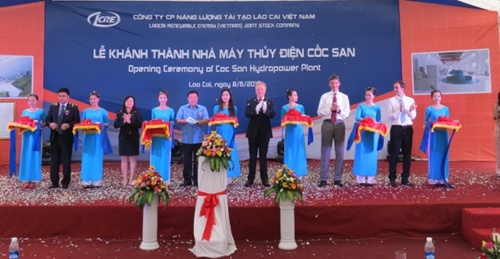 |
| The new Cốc San power plant in this northern province, a run-of-river hydropower facility supplying almost 30MW of power to regional off taker Northern Power Corporation, opened yesterday.-VNA/VNS Photo Vu Hoa |
The US$50m plant is backed by Vietnamese and foreign private investment and InfraCo Asia, a company funded by the governments of the United Kingdom, Switzerland and Australia, to help provide infrastructure financing.
The Coc San project represents the first foreign direct investment (FDI) in hydropower in the mountainous northern region as well as the largest FDI project in the province so far.
Speaking at the opening ceremony, Giles Lever, British Ambassador to Viet Nam, said the success of the project had demonstrated the success of the public private partnership model in developing infrastructure.
"The project has affirmed Britain's commitment to supporting Viet Nam in achieving sustainable economic development and reducing the impact of climate change," Lever said.
He added that the project would help the country attract foreign investment in renewable energy development.
The project will supply clean, renewable energy to give 130,000 people access to a more reliable, affordable power supply. The improved power supplies will allow an expansion of local industry, including iron mining, copper industries and apatite mining for fertilisers.
Some 250 temporary jobs were created during the construction of the plant, and there will be 35 permanent jobs there. Carbon emissions will drop by 76,000 tonnes per year, and there will be less reliance on imported electricity from China.
Environmental studies carried out to World Bank standards ensured the project impact was minimal, with little land lost to the surrounding communities and no displacement of people.
The plant will supply Viet Nam's fast-growing electricity demand, currently increasing by 15 per cent year on year and creating pressure to increase the capacity of generation, transmission and distribution. Hydropower currently accounts for some 44 per cent of energy generated, followed by oil, gas and thermal power at 34 per cent and coal at 19 per cent. The government is committed to developing the generation of renewable energy and establishing a competitive electricity market.
Work to develop the project in the region's terraced terrain started in 2011 but stalled when previous investors expended their initial capital; the project was unsuccessful in securing financing through long-term loans.
InfraCo Asia assessed that plans for the plant were still viable and—working in close partnership with the provincial People's Committee—provided donor-government-backed development funding of $7.54m. This enabled the financing and completion of the project, worth a total of $49.9m.
InfraCo Asia CEO Allard Nooy said InfraCo Asia's mandate to develop sustainable infrastructure projects in South and South East Asia means it is continuing to look at opportunities in Viet Nam.
"We are currently evaluating a number of other small potential hydropower projects in Viet Nam that may require the application of InfraCo Asia's unique development model. We are committed to Viet Nam, and our donor shareholders—the Swiss, Australian and UK governments—are key to supporting our work in this area."
What the stars mean:
★ Poor ★ ★ Promising ★★★ Good ★★★★ Very good ★★★★★ Exceptional
Latest News
More News
- How Masan employs dealmaking to build its consumer-retail platform (November 25, 2024 | 16:00)
- Kim Oanh Group: reaching out internationally (November 25, 2024 | 15:35)
- Takeda’s partnerships to deliver innovative medicine and vaccines (November 25, 2024 | 14:00)
- New SABECO R&D brewery to foster employee creativity (November 25, 2024 | 13:00)
- Operators embark on 5G services (November 25, 2024 | 12:00)
- Automating ports with 5G (November 25, 2024 | 10:41)
- Transforming accountancy with sustainability and ESG leadership (November 23, 2024 | 09:00)
- Vietnamese agricultural goods make Chinese e-commerce debut (November 22, 2024 | 20:04)
- Vietnam National Assembly adopts amended Law on Pharmacy (November 22, 2024 | 19:09)
- Power of partnerships: 30 years of Bayer in Vietnam (November 22, 2024 | 15:34)





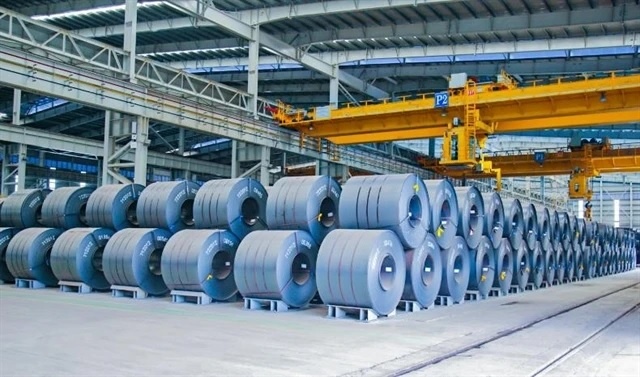
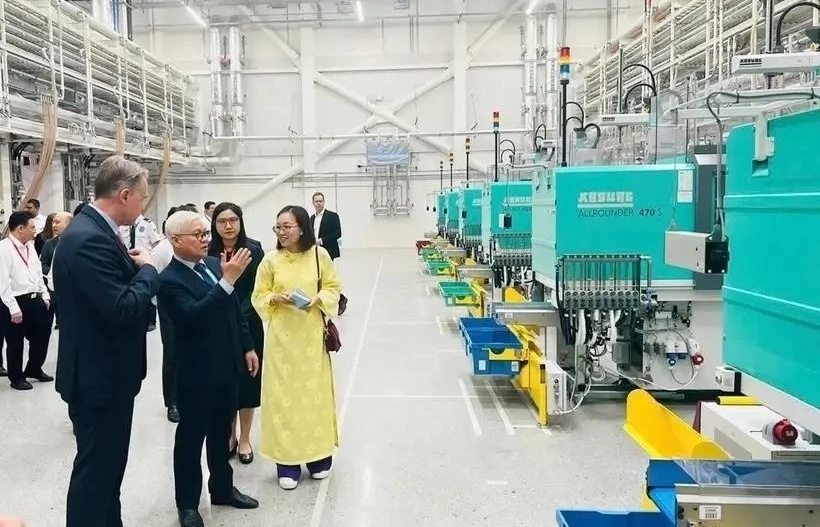
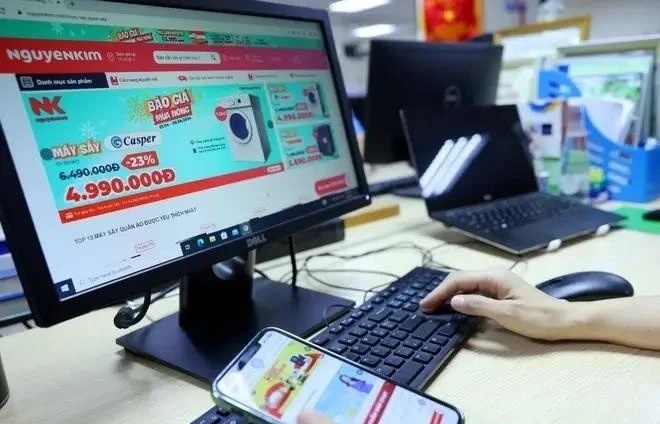
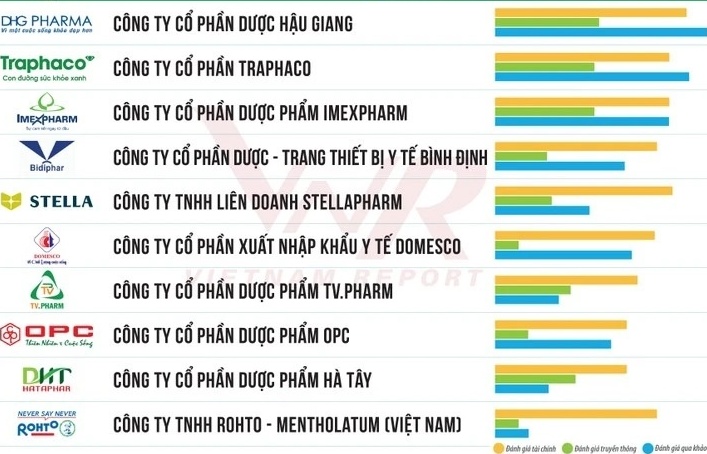
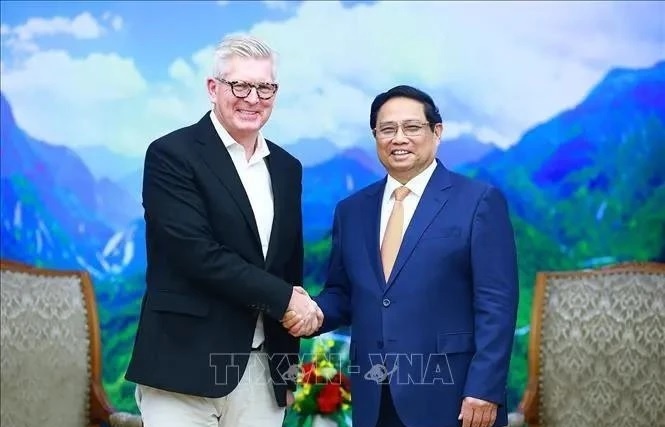



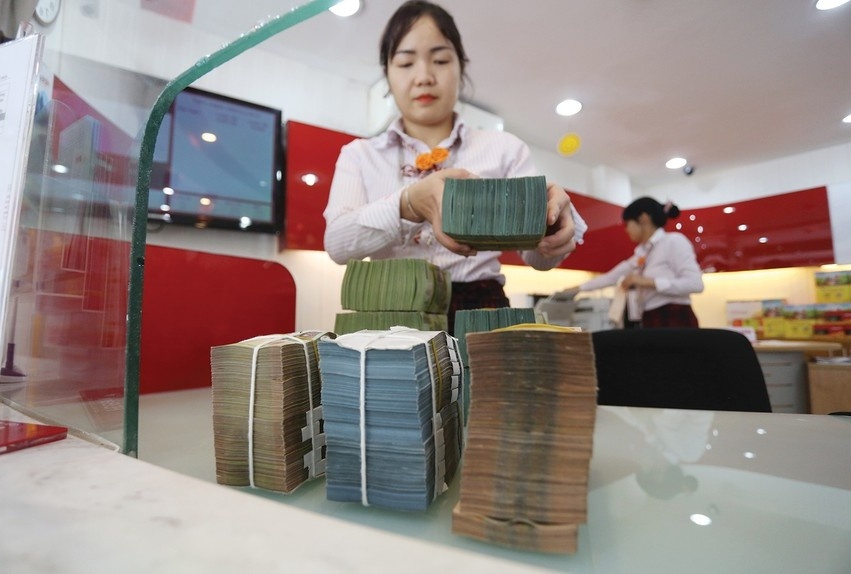
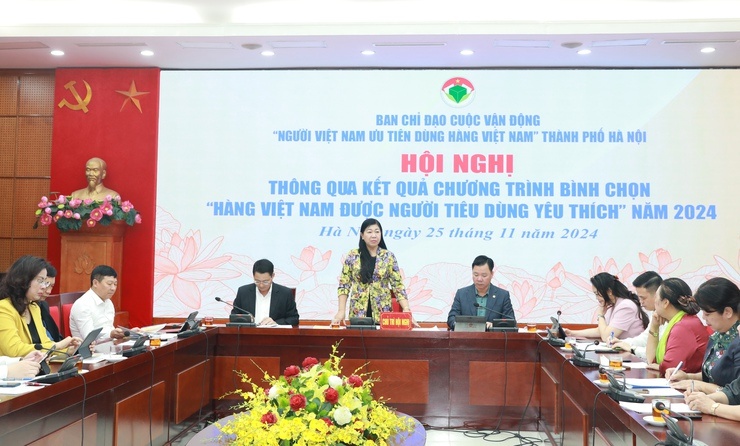
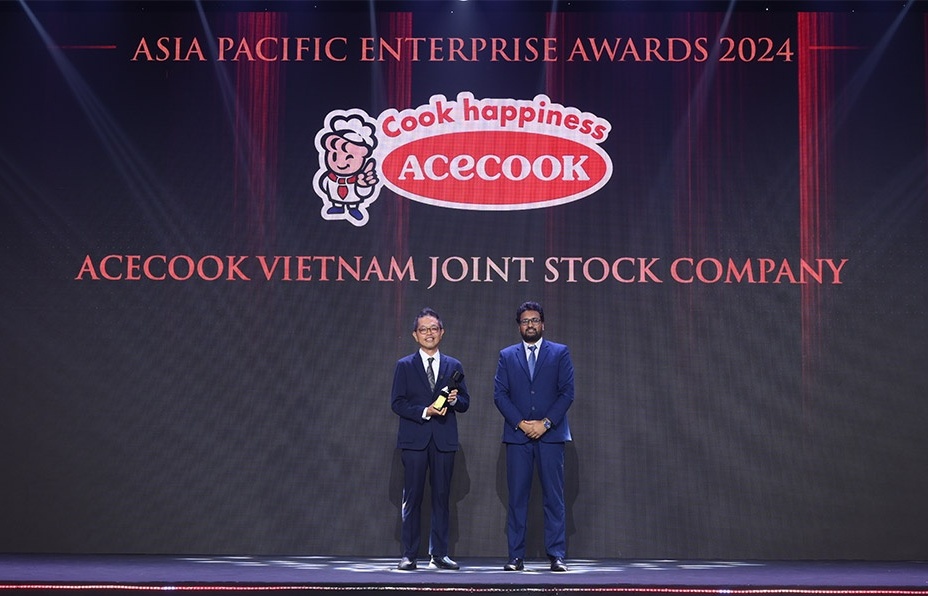
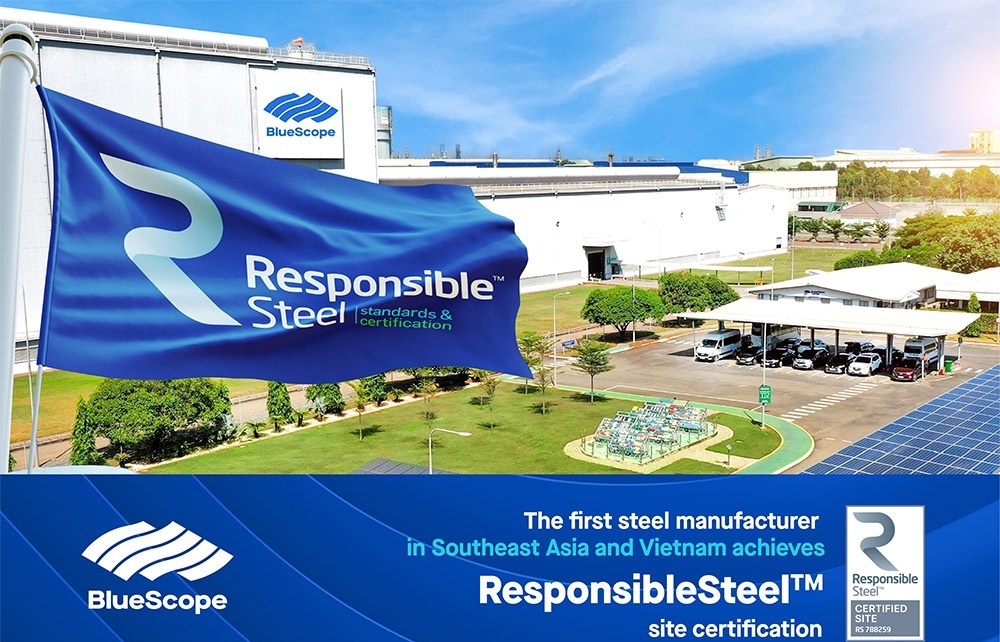



 Mobile Version
Mobile Version